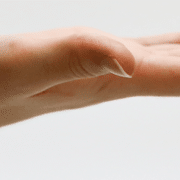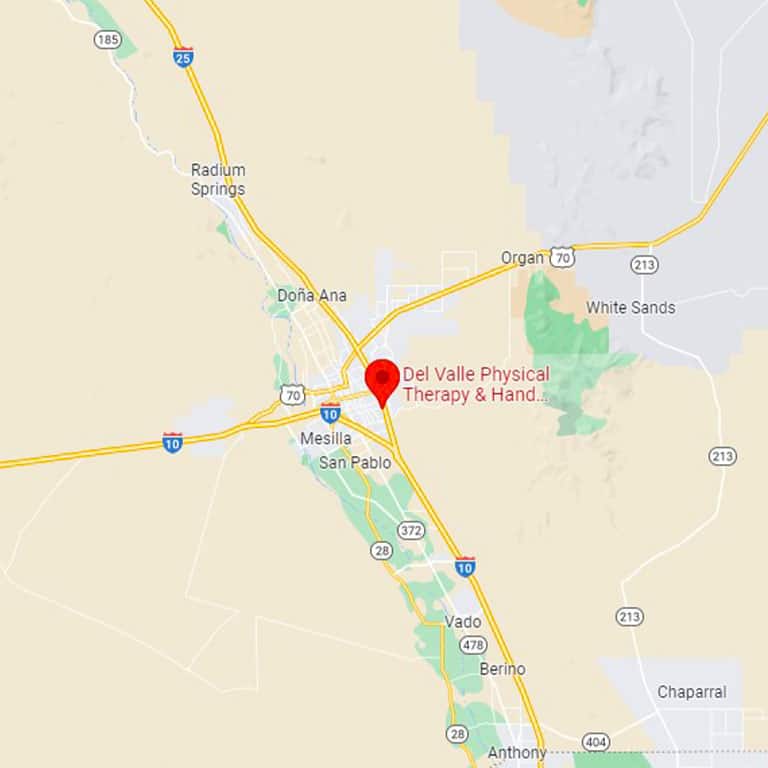3 Signs Your Finger is Dislocated
The hands and fingers are more delicate than you may realize, and it’s surprisingly easy to experience an injury in the simplest of ways. A dislocated finger can happen unexpectedly, often during sports, falls, or accidents involving your hands. Recognizing the signs of a dislocated finger in Las Cruces, NM early can prevent further damage and ensure proper treatment.
1. Something Doesn’t Look Right
One of the most obvious signs is visible deformity. If your finger looks bent or out of place, you may not be hallucinating. A dislocated finger usually gives itself away with a weird bend or a knob sticking up or something else. Often, swelling and bruising around the affected area usually develop quickly after the injury.
2. The Pain Knows No Bounds
A dislocated finger hurts like nothing else. Unless you’re a Marvel superhero, a dislocated finger will keep you from doing anything else because of the agony. You might also have numbness, which may make it feel like your finger has died. Don’t worry, though. As long as you see your physical therapist in Las Cruces, NM right away, chances are we can bring your finger “back to life” like Lazarus!
3. Weird Sounds
Another important indicator is the sound or sensation of popping at the time of injury. This can occur as the joint shifts out of place. Weakness in the finger, making it hard to grip or hold objects, is also common.
At Del Valle Physical Therapy & Hand Therapy, we can help guide your recovery. Prompt treatment can make all the difference in regaining full use of your finger and hand. Contact us today to learn more.




